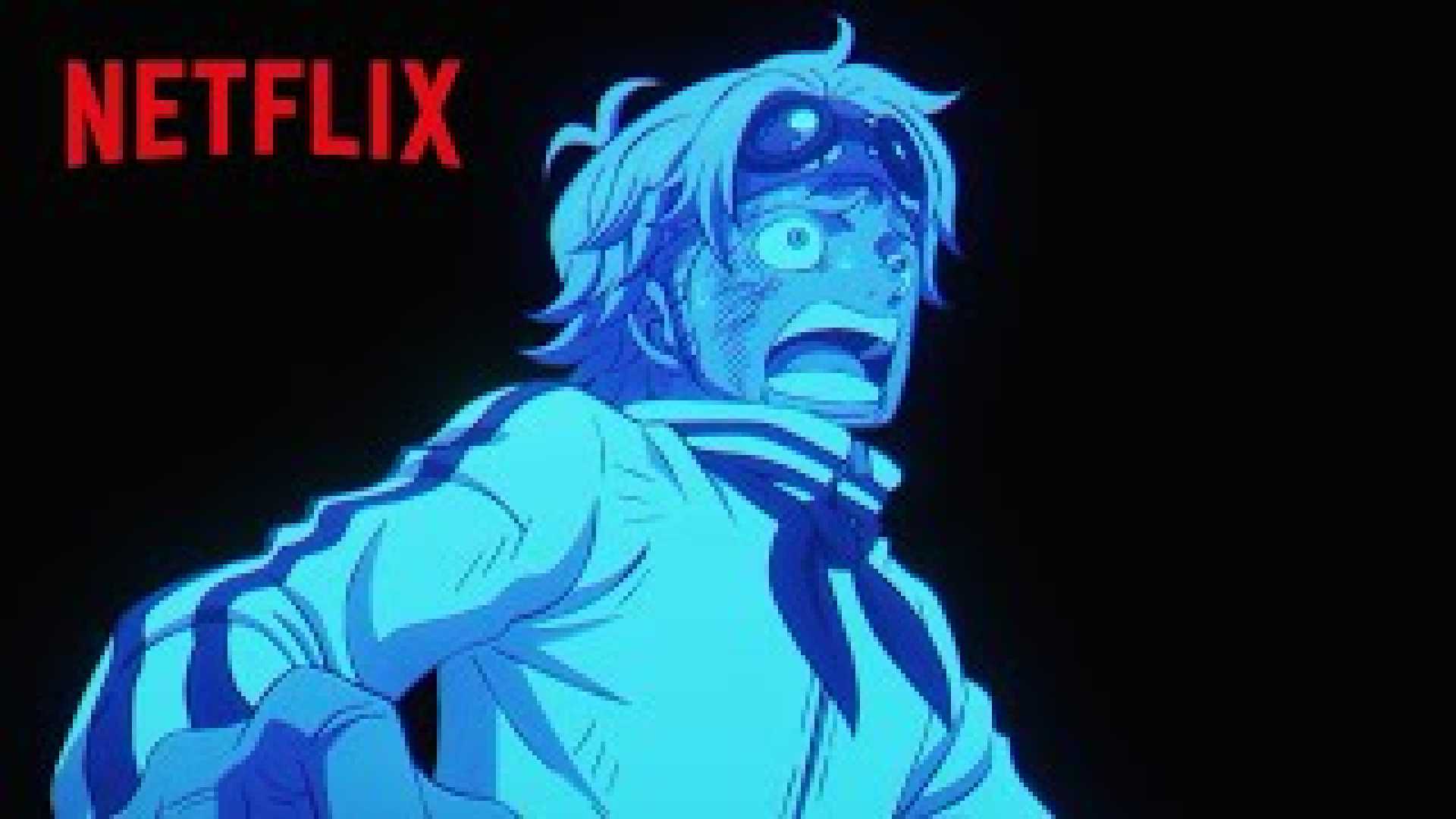Entertainment
Gundam: Requiem for Vengeance Sparks Controversy Among Fans

Sunrise and SAFEHOUSE Inc., in collaboration with Bandai Namco Filmworks, have released a new anime series titled “Gundam: Requiem for Vengeance,” offering a fresh narrative within the expansive Gundam franchise. Highlighting an innovative animation approach, the series integrates Unreal Engine 5 technology, traditionally used in video game development, in its production.
Set against the historical backdrop of the One Year War from the original “Mobile Suit Gundam” series, “Gundam: Requiem for Vengeance” chronicles the events of the year 0079 of the Universal Century. In this setting, the Principality of Zeon seeks independence from the Earth Federation, wielding Mobile Suit technology to initially secure the upper hand in their struggle. However, resource shortages hinder their ability to secure a conclusive victory.
About 11 months into this prolonged conflict, the Earth Federation mounts a counterattack, successfully capturing a strategic Zeon base in Eastern Europe. The series follows the Red Wolves, a Mobile Suit platoon composed of recently deployed Federation forces led by character Solari, aiming to reclaim the territory from Zeon control.
The series diverges from traditional mech anime, focusing instead on the human experiences and character development rather than the flashy battles often associated with the genre. Nevertheless, the portrayal of Mobile Suit combat seeks to simulate a grittier, more realistic depiction of warfare, contrasting the often glorified image of the Gundam as a symbol of hope.
Upon its release on Netflix, “Gundam: Requiem for Vengeance” has ignited discussions among both fans and newcomers to the franchise. Despite its ambitions, the series has faced criticism for not living up to its promise of focusing on character depth rather than mech action. While the attempt to offer a “real” portrayal of the Gundam world has been noted, some viewers find the character development lacking and the narrative disjointed.
Industry observers highlight the disconnect between the characters’ dialogue and animation, impacting the overall viewer experience. This technical issue is perceived in both English and Japanese versions, often resulting in off-camera or obscured dialogue delivery to mitigate the problem.
The storyline has been described as fragmented, with certain characters and plotlines receiving insufficient exploration. This aspect has led to comparisons with 90s OVAs like “The 08th MS Team,” which, despite shorter episode counts, managed to deliver more cohesive and engaging narratives.
Ultimately, “Gundam: Requiem for Vengeance” seems to appeal primarily to established Gundam enthusiasts. With criticisms centered on its narrative execution and character engagement, the series may struggle to attract new followers to the Gundam universe, despite its technical achievements and the allure of familiar robotic designs.












